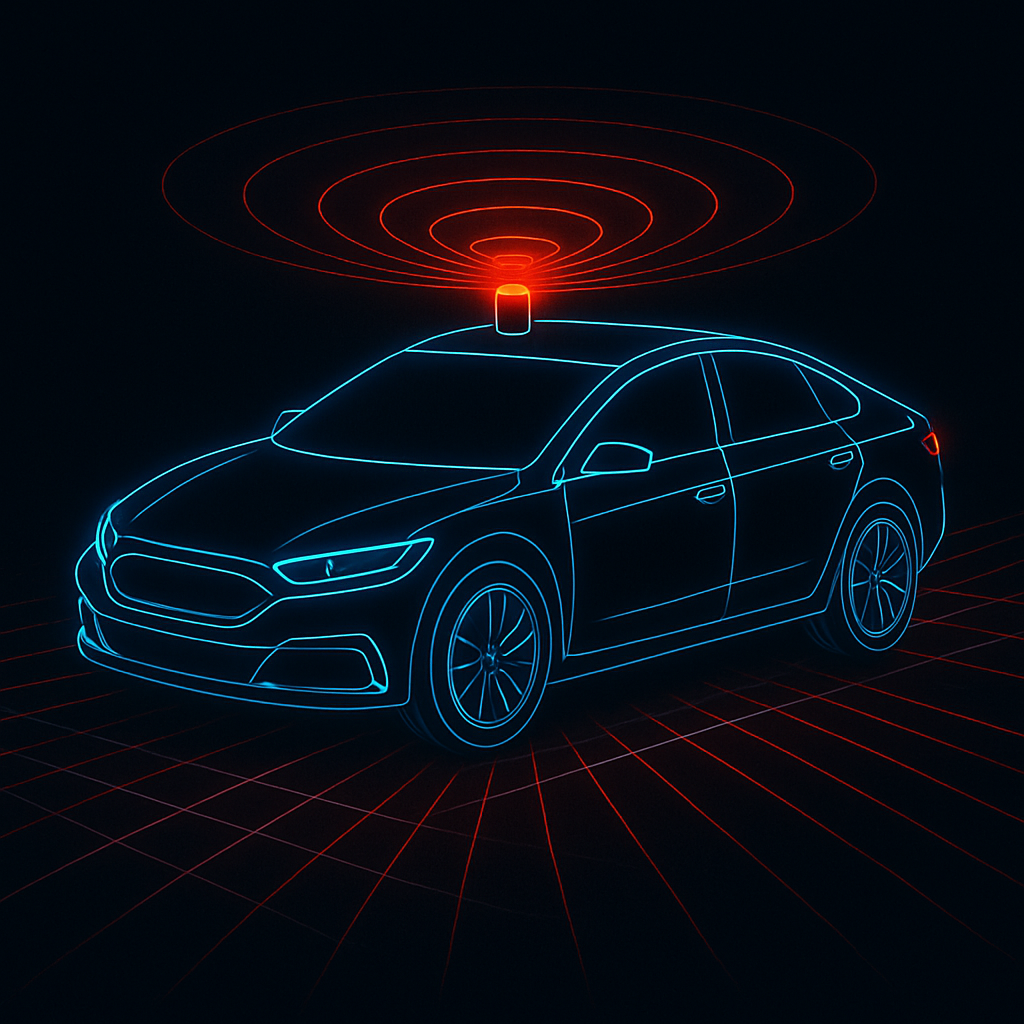Top 10 AI Autonomous Vehicles & Mobility Companies – Q2 2025 Rankings

State of the Sector: Q2 2025 Overview
Autonomy is back in the fast lane. After a period of stalled expectations, Q2 2025 showed renewed momentum in AI-powered mobility. Regulatory clarity, massive data availability, and new hardware integrations are converging to push the sector forward — again. This time, it’s not just about robotaxis. From freight and logistics to advanced driver-assistance systems (ADAS), companies are quietly embedding AI into every layer of motion. The new winners aren’t chasing headlines — they’re shipping code, deploying fleets, and partnering with regulators. Autonomous mobility is becoming practical, profitable, and platform-driven.
Top 10 Public AI Autonomous Vehicle & Mobility Companies — Q2 2025
1. Tesla (TSLA, NASDAQ)
Tesla remains the most polarizing name in autonomy — and arguably the most ambitious. While Full Self-Driving is still not "Level 5," it’s improving quickly. With end-to-end neural net training, massive real-world data, and AI-native hardware, Tesla continues to define the narrative — and the roadmap — for autonomous consumer vehicles.
2. Mobileye (MBLY, NASDAQ)
Intel’s spinoff is thriving in the ADAS space, with its SuperVision and Chauffeur platforms gaining ground across global OEMs. Q2 saw new deals in Europe and China, reinforcing its position as the “Intel Inside” of next-gen mobility — invisible, but critical.
3. NVIDIA (NVDA, NASDAQ)
From chips to full-stack autonomy platforms, NVIDIA’s Drive ecosystem is at the heart of dozens of AV programs. Its Orin and Thor SoCs power everything from Waymo vehicles to trucking startups. Q2 featured new simulation capabilities and deeper integrations with Lidar and radar fusion tools.
4. Alphabet (GOOGL, NASDAQ)
Waymo continues its slow-but-steady expansion in robotaxi deployments across Phoenix, San Francisco, and Los Angeles. With a strong safety record and robust AI stack, Alphabet is proving that patient scaling can work — especially when combined with an unmatched cash runway and proprietary map infrastructure.
5. Aptiv (APTV, NYSE)
Aptiv, through its Motional joint venture, is delivering Level 4 autonomy in controlled environments. In Q2, the company focused on commercial pilots with Hyundai and Lyft. Its strength lies in system integration — turning autonomy into something carmakers can deploy at scale.
6. Uber Technologies (UBER, NYSE)
While Uber sold off its internal AV unit, it’s re-entering autonomy through deep partnerships with Motional and Waymo. In Q2, autonomous deliveries and robotaxi rides scaled across test markets. Uber's value? A dominant network to deploy AI mobility — even without owning the tech.
7. Luminar Technologies (LAZR, NASDAQ)
The optics of autonomy depend on Lidar — and Luminar is leading the charge. Q2 brought new wins with Volvo and Mercedes-Benz, as the company’s Iris sensors were selected for next-gen production fleets. Their edge? Performance at highway speeds and long range.
8. Aurora Innovation (AUR, NASDAQ)
Aurora is now laser-focused on autonomous freight, partnering with major logistics carriers to scale long-haul trucking pilots. Their virtual driver platform is showing reliability across multiple routes, and Q2 marked a milestone in safety disengagement rates. Revenue is still a question — but progress isn’t.
9. Nio Inc. (NIO, NYSE)
China’s Nio is pushing hard on autonomous capabilities, with its NOP+ system integrating vision and Lidar in real-time. Q2 featured expanded beta access and major updates to its in-house model stack. Domestic competition is fierce, but Nio’s vertical integration gives it flexibility.
10. XPeng (XPEV, NYSE)
XPeng’s XNGP platform continues to improve rapidly, now offering point-to-point navigation in multiple Chinese cities. Their focus on city-level autonomy and AI-native driver models is beginning to differentiate them in the crowded Chinese EV space.
Private Companies to Watch
Behind the scenes, these private companies are defining the future of autonomy — and may soon join the public ranks:
Zoox – Amazon’s autonomous vehicle unit is building from the ground up, and early internal tests are promising.
Gatik – Focused on middle-mile autonomy, Gatik has built a defensible niche in short-haul delivery with real deployments in Arkansas and Texas.
Einride – Pioneering cabless electric freight, Einride is mixing AI autonomy with electrification to reimagine logistics lanes across the EU and US.
May Mobility – A leader in autonomous shuttles, May is deploying purpose-built vehicles in urban and campus settings.
Ghost Autonomy – Targeting L2++ enhancements with AI-first software. Lightweight and embeddable, making it attractive to traditional automakers.
Neural Capital Insight
The AV space is splitting in two: platform-scale players integrating everything — and niche innovators dominating specific routes or vehicle types. What’s consistent? AI is no longer the blocker. The new challenges are regulatory, operational, and integration-related. In Q2 2025, the leaders are those who treat autonomy as a systems problem, not a science experiment.
Get Educated - Get Smart - Be Ready
The road to full autonomy is long — but it’s clearly paved with AI. Follow NeuralCapital.ai for quarterly insight on who’s winning in autonomous mobility. Our Q3 Power Rankings drop July 1.
Disclosure: This article is editorial and not sponsored by any companies mentioned. The views expressed in this article are those of the author and do not necessarily reflect the official policy or position of NeuralCapital.ai.